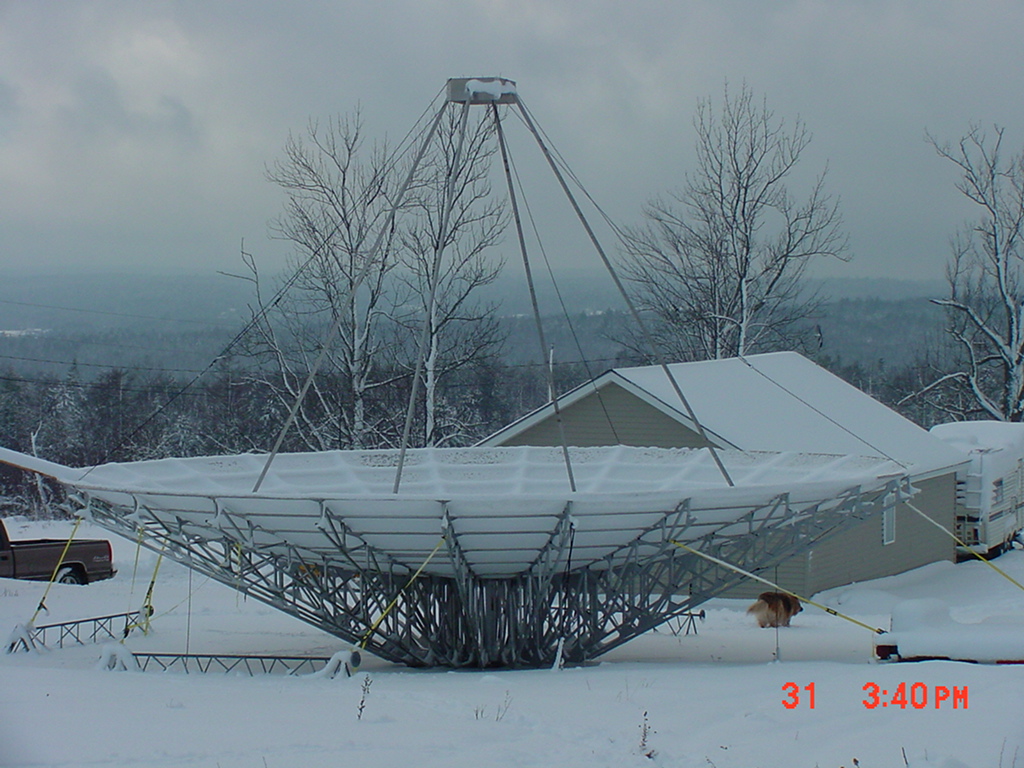Gym_Class_Hero
Well-Known Member
- Joined
- Jan 17, 2009
- Messages
- 1,081
- Reaction score
- 0
I'm considering building a homemade receiver for my recovery transmitter (not sure what brand, it's kind of old, but I've still got the frequency info so all good). I've noticed most people use Yagi-Uda antennas (the ones that look like scaled-down television antennas), but I've never seen anyone use a parabolic antenna or dish. I'm tempted to try a dish, though. What do you guys think? How would a dish be at picking up the signal from a transmitter in a rocket? I can imagine it being quite an efficient design to focus in directly on the source of transmission, compared to the need to sway the antenna back and forth like when I've used Yagi-Udas.
Also, would an old satellite dish be a good base for such a project?
Also, would an old satellite dish be a good base for such a project?






